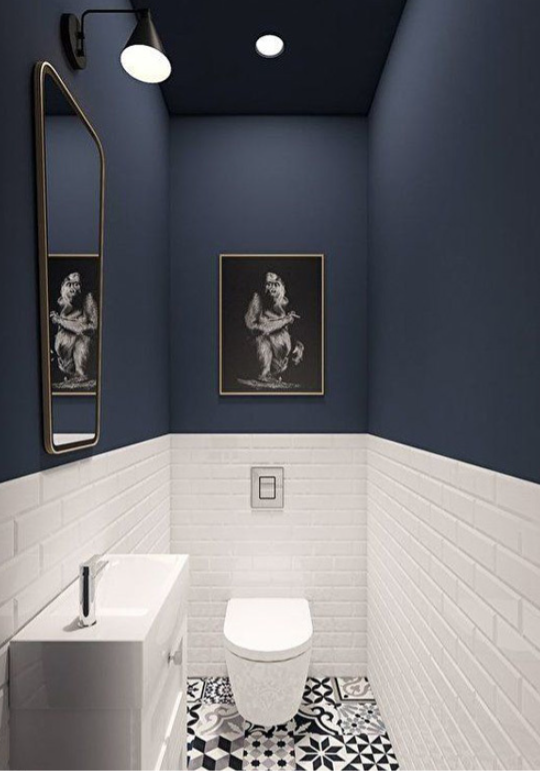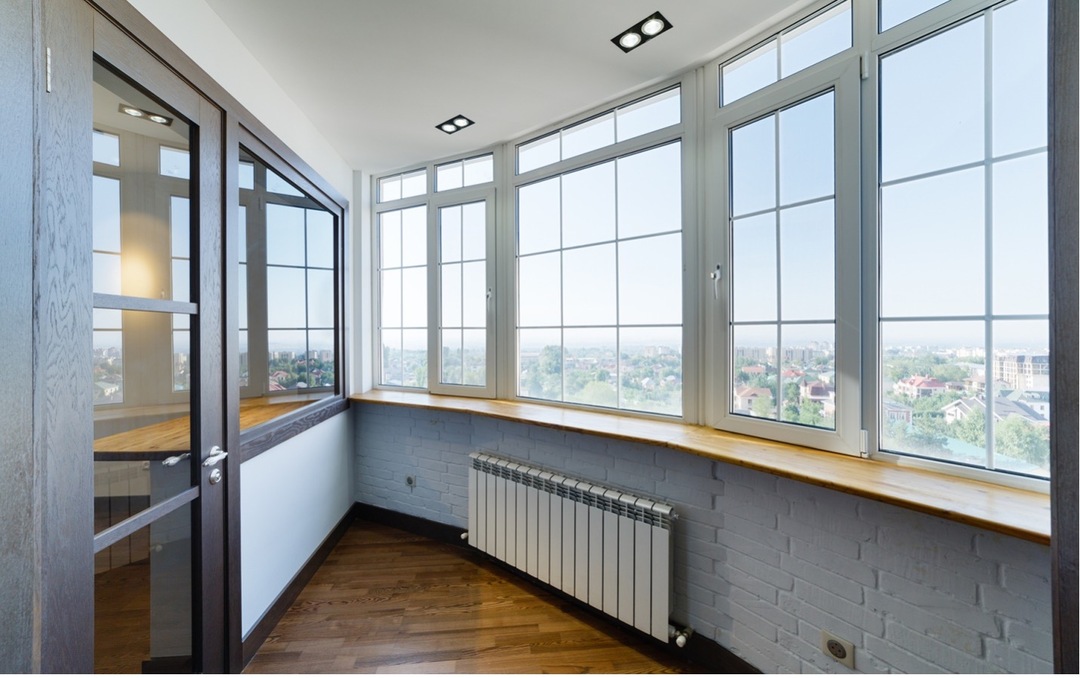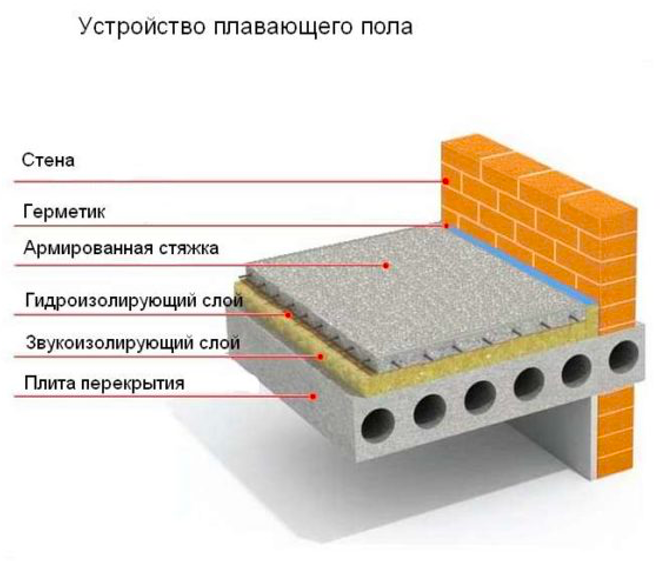The minimum layer of plaster is 2-3 mm - usually this is how much material is placed on the surface of drywall. If the walls are even, two layers with a total thickness of up to 15 mm are enough. But when the defects are large, it is necessary to increase to 20-30 mm and even more. About how to correctly evaluate the minimum and maximum values, you will tell in detail in the presented article.
The content of the article
- Depending on composition
- depending on wall material
Depending on composition
The layer of plaster depends on the characteristics of the composition, since the mixtures have different fractions and additives:
- Cement compositions are water resistant, resistant to temperatures, so they can be used in any premises, including outdoors. The minimum layer of plaster on the wall should be 10 mm, and the maximum - within 50 mm.
- Gypsum compositions are applied in one step, and the minimum thickness of the plaster is 15 mm. If necessary, a second layer is also applied, but in total with the first it should be no more than 25 mm. Moreover, the finishing is carried out almost immediately, without waiting until the first one dries completely.
- If the composition contains gypsum and sand, it is used only in ordinary rooms with moderate humidity (that is, not in the bathroom and not in the kitchen). In this case, the thickness of the plaster layer should be from a minimum of 10 mm to a maximum of 25 mm. If the differences are very large, an increase of up to 35 mm is allowed. But in this case, it is necessary to strengthen the walls with a reinforcing mesh.
- The clay mixture (with the addition of sand or cement) is very dense. Therefore, in this case, the minimum wall plaster thickness is 10 mm for the first layer and 15 mm for the second. The limit (total) value should not exceed 35 mm.
- Decorative compositions are also not used in large quantities. The minimum layer of cement plaster of this type is 10 mm, and laying more mixture is also undesirable - the limit is about the same (10-12 mm).
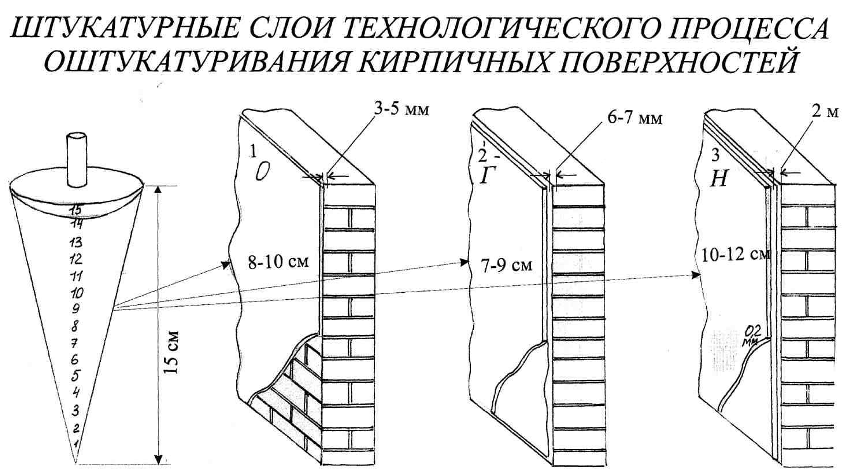
There are other types of plasters for which it is useful to learn how to determine the minimum and maximum thickness values:
- The textured mixture is used for a beautiful finish with patterns. The thickness of the plaster layer on this type of brick is within 20-50 mm.
- Venetian (marbled) - it is laid in several layers, but the total thickness should not exceed 10 mm.
- With stone chips - contains large fractions, therefore the thickness of the decorative plaster is quite large: from 30 to 50 mm. The composition can only be applied to a well-prepared surface.
depending on wall material
The thickness of the plaster on the brick is determined by SNiP. The documents indicate the requirements depending on the material of the wall:
- Concrete surfaces are smooth, practically free of defects. If there are no or slight differences, the thickness is only 2 mm. If there are distortions, the plaster is covered with a thick layer of 20-30 mm, sometimes - 70 mm (but only with the use of reinforcement).
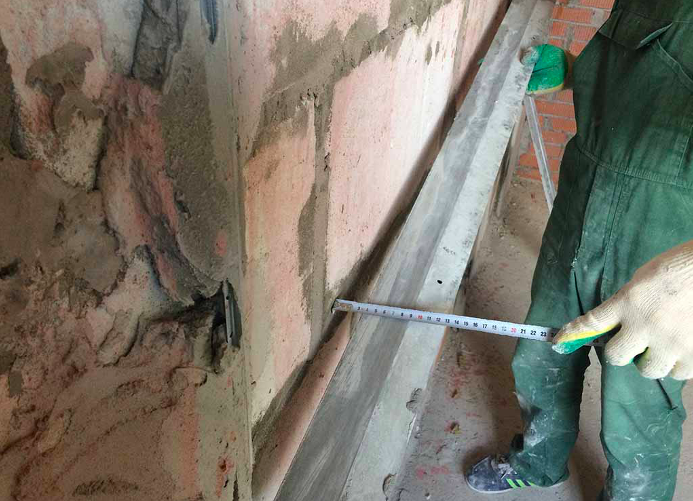
- Aerated concrete also forms a flat surface, so the minimum layer of cement plaster on the wall is only 2 mm. If there are defects, drops and curvature, it is allowed to increase up to 15 mm, but no more.
- Aerated concrete is another high-quality material with small differences, so here the minimum layer can be even 2-3 mm, while the maximum is 15 mm.
- Brick walls often give a strong relief. Therefore, here the minimum layer of cement plaster on the wall is 5 mm, although the average value approaches 20-25 mm. If the differences are significant, use reinforcement and increase the figure to 50 mm.
- Wood is a material that has poor adhesion to plaster. Therefore, almost always, a reinforcing metal or plastic mesh is placed before finishing, less often - wooden slats. Processing is carried out in 2 layers: up to 15 and 20 mm, the first and second, respectively. Therefore, the maximum thickness of the facade plaster is 35 mm in total.
- Drywall - it is trimmed for decorative purposes to obtain a flat surface. Since the material is fragile, 2-3 mm is usually enough, and the maximum is only 10 mm.
- If the insulation is processed, the mixture should be used in small quantities, because otherwise the material may crack due to gravity. The thickness of a simple plaster on the first layer should be 15 mm, and on the second - from 10 to 20 mm.
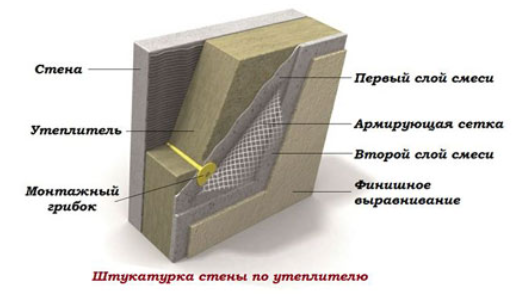
Thus, the minimum layer of gypsum plaster, depending on the material, can be only 2-3 mm. The maximum indicator varies widely from 10 to 30 mm, less often up to 50-70 mm. The thickness depends not only on the nature of the surface, but also on the technology of work.
